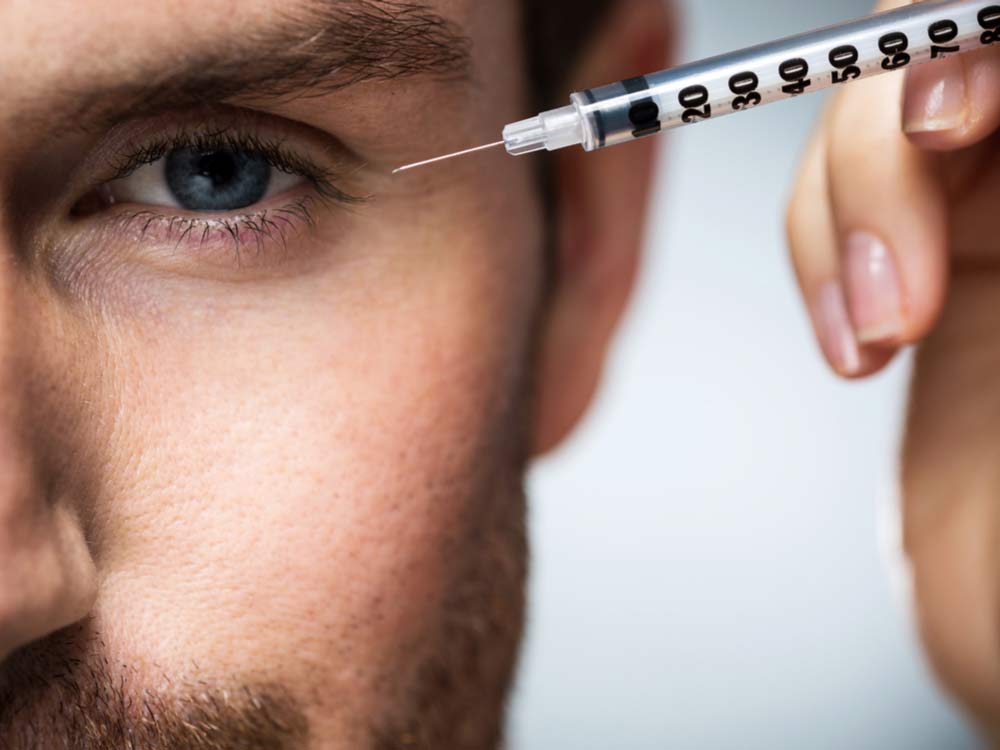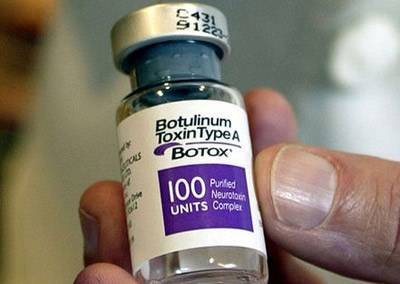Botox Gel Injection
شنبه 1 اردیبهشت 1397
بازدید: 4052
What is Botox?


Botox is commonly known as a cosmetic treatment that removes wrinkles, crow’s feet, dimples, and other lines in your face. What you may not know is that the same Botox injection was first approved in 1989 for medical purposes like uncontrolled muscle spasms. Physicians and eye doctors have been using Botox to treat eye conditions that are primarily caused by eye muscles for over 20 years. Continue reading to learn more about the injections, how Botox improves your vision, and what eye conditions Botox can ositively affect.
Understanding What Botox Is.
Botox is a shortened name for botulinumtoxinA. When Botox is injected into muscles, the toxin prevents nerves from sending signals to the muscles, paralyzing them. Eventually, the nerves regain their ability to send signals, but it takes a few months for them to make new connections to the muscles. That’s why, in many cases, repeat injections are required.
How Botox Improves Your Vision
Each eye has six muscles – two of which are used to keep your gaze straight by pulling the eye in opposite directions with equal strength. When one of these muscles grows weaker or stronger than the other, one of your eyes will be pulled in the opposite direction causing crossed eyes. If Botox is injected into the stronger eye muscle, it relaxes and gives the other eye muscle the opportunity to become equal in strength.
Three Eye Conditions That Botox Helps
The FDA approved Botox to treat strabismus (crossed eyes) and diplopia (blurred vision). Botox has also been used to help patients with blepharospasms (eyelid spasms).
- Strabismus (Crossed Eyes)
As early as 1970, Botox has proven to be both a safe and successful treatment for altering the position of the eye of patients with crossed eyes. Typically, within 24-48 hours, the prescribed injection begins to relax the muscles. The greatest muscle weakening usually takes place about two weeks after injection. The muscles resume their original functional state after three months due to the muscle’s ability to create new receptors to restores the signal from the nerve to the muscle.
- Diplopia (Blurred Vision)
In some cases of Diplopia (double vision), the use of Botox is an effective treatment. This condition can be present in one eye or both. When the condition exists in one eye, it is clinically referred to as monocular diplopia. If the condition affects both eyes, it’s referred to as binocular diplopia.
Your muscles control eye movement and keep the eyes aligned. If a muscle in one eye is weak, it doesn’t move in sync with the healthy eye. You see double when you look in a direction controlled by the weak muscle.
A variety of disorders that affect that nerves of the eyes can cause binocular diplopia. Your ophthalmologist is trained to detect the cause as well as treat the symptom of double vision. Regardless of the cause, Botox can “rebalance” the muscles of the eyes and correct the double vision.
Like the treatment for Strabismus (Crossed Eyes), Botox is injected into the stronger muscle to relax it, giving the weaker muscle a chance to recover.
- Blepharospasms (Eyelid Spasms)
Abnormal blinking of the eye or uncontrollable eye muscle contractions can refer to a variety of conditions including eyelid tics, twitches, dry eyes, etc. One form of this condition is called Benign Essential Blepharospasm (BEB). Benign signifies that the condition is not life threatening and “essential” refers to a medical term meaning “of unknown cause”. The visual difficulty causes the forced closure of the eyelids and not from an underlying condition.
By relaxing the appropriate muscles, Botox is successful at relieving the spasms in most individuals. Improvement is seen within the first two weeks of the injection and can last up to four months.
Injection sites vary depending upon the individuals reported symptoms and the consultation of a skilled ophthalmologist. These symptoms determine the site of injection(s) and typically involve furrowing around the eyebrows. Injections under the skin of the upper lids are generally more effective.
دیدگاه های ارسال شده توسط شما، پس از تایید مدیر سایت در وب سایت منتشر خواهد شد.
پیام هایی که حاوی تهمت یا افترا باشد منتشر نخواهد شد.
پیام هایی که به غیر از زبان فارسی یا غیر مرتبط با خبر باشد منتشر نخواهد شد.